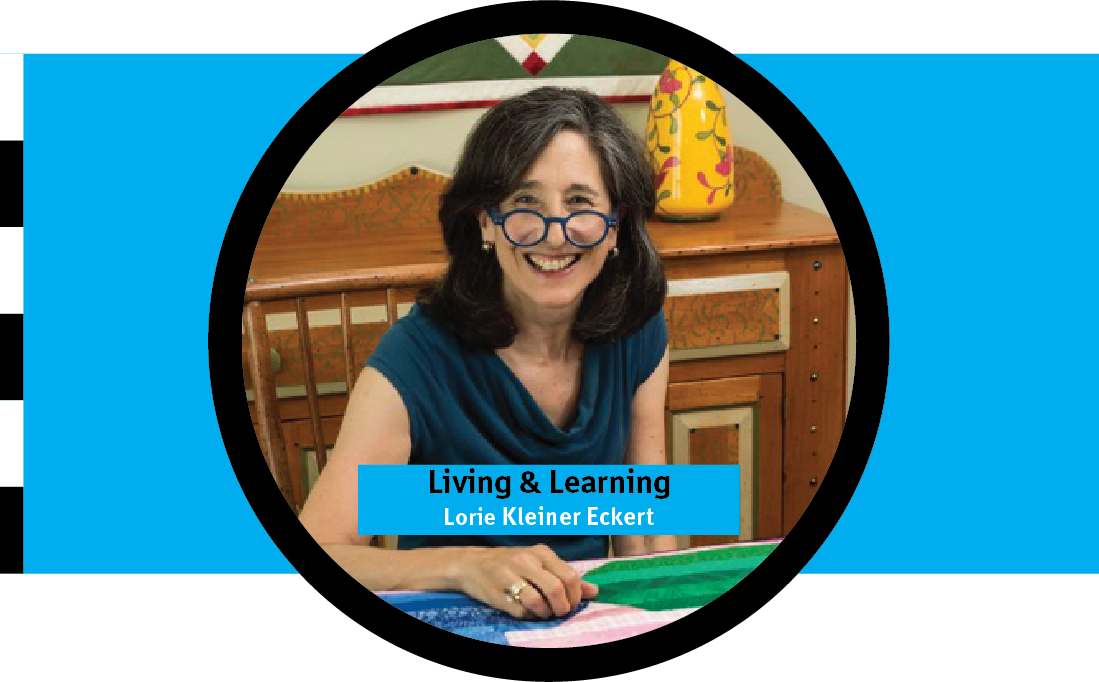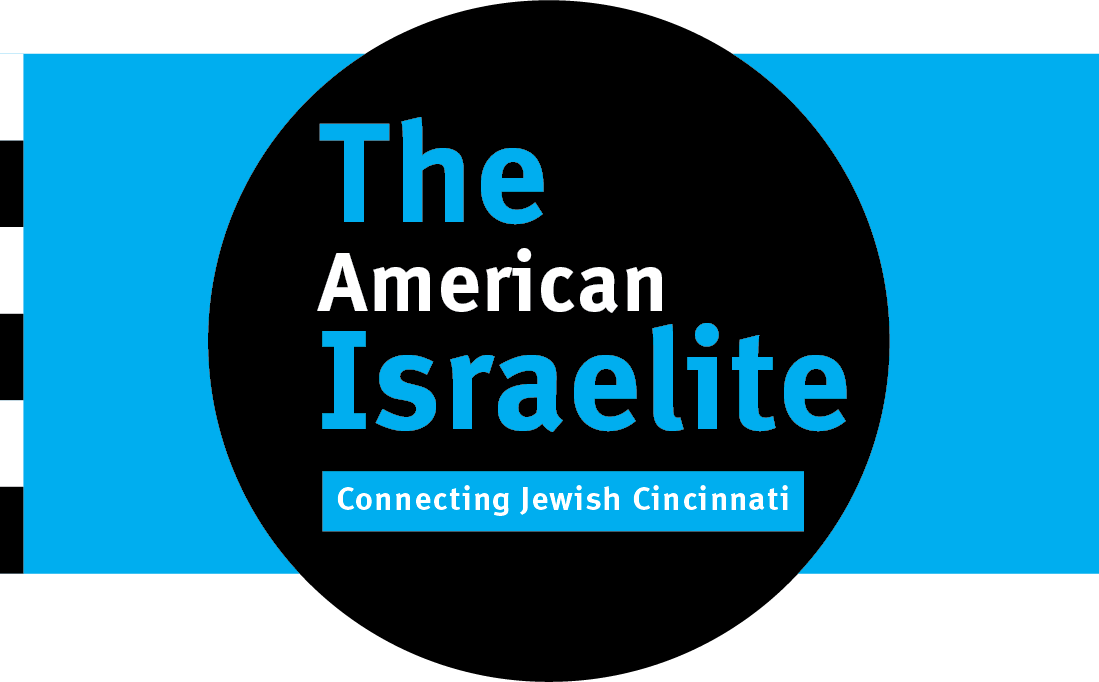By Lorie Kleiner Eckert
Lisa Cook of the Cincinnati Jewish Experience (CJX) recently led a group of twenty-eight on a journey through Poland. With four concentration camps and numerous mass graves on the agenda, one could honestly say it was an intense eight days. And yet, the comments on the trip’s evaluation are full of superlatives.

As Ghita Sarembock said succinctly: “This was a life-changing journey. Every Jew should experience this.”
Or as Eloise Schneider put it, “It was worth every second and penny I spent.”

Lisa Cook was one of three magicians who turned these intense historical sites into superlatives. Rabbi Yitzchak Preis was the second. And then there was Alan Goldman, a tour guide/educator from J-Roots, a travel company that offers educational Jewish journeys.
To understand how the magic worked, Alan says that the goal of the trip was not just to bear witness to the atrocities of the Holocaust but to balance these four goals:
• To learn about the vibrancy of one thousand years of Jewish life in Poland
• To rejoice in Jewish heritage
• To be strengthened through the experience
• And of course, to mourn
Putting this into action in Tykocin…

The group visited the Synagogue which was built in 1642. Like all synagogues of that time, it was more than a house of prayer. It was a central hub for the community and the institution that kept Judaism alive and thriving for millennia. Restored after the war, it is now a museum of Judaism. There is a large central bimah and the walls are beautifully adorned with many prayers written in Hebrew.
After literally dancing in the shul, travelers walked outside through the town, a quintessential shtetl, as they learned of the fate of the 2100 Jews of Tykocin. Over a two-day period in 1941, all of them were marched into the nearby woods and shot dead. Three large pits had been dug in advance to receive their bodies.
Sharon Bramy posted a photo on the group chat at this point. It showed fellow travelers walking arm in arm into the woods to see the mass graves. She said, “We went from joy to pain within such a short period of time.”
Julie Silverman added, “Every site, every story broke my heart more and more, but it also made me so appreciative of my Judaism and the people I was surrounded by each moment of the journey.”
Zbylitowska Gora is the name of a town close to the city of Tarnow where…
The travelers visited three mass graves containing the remains of approximately 10,000 innocent people — including 800 children from the Tarnow ghetto orphanage.
In the same forest, officers of the Polish Army and activists against the war are also buried. Strikingly, there are some headstones with crosses and names to mark the Polish graves. Why? Because there were people left to remember them.
The Jews were not so fortunate.
However, this area, known as “The Children’s Grave,” is the place people come to honor the children who died in the Holocaust. The mass graves are adorned with balloons, stuffed toys and the like and with a multitude of memorial candles left by previous visitors/mourners.
The city of Krakow, which before the war was 25% Jewish, was the next stop on the journey…

And the travelers arrived there on a Friday at mid-day, after four full days of visiting major historical sites. Beyond what has already been reported, the travelers had also seen:
• The Warsaw Ghetto and Cemetery
• Synagogues in Warsaw, Lublin, Zamosc, Lancut — and the monument to the destroyed Synagogue of Bialystok
• And horrifically, they saw three concentration camps: Treblinka, Majdanek and Belzec.
But now it was Friday. The travelers were tired of learning about 1000 years of Jewish life in Poland. They were tired of mourning. And as an inside joke, they were tired of salads too. Simply put, Shabbat as a day of rest never sounded so good to them.
The tour group ushered in the Sabbath with candle lighting at the hotel followed by services at the Tempel Synagogue in the historic Kazimierz district of Krakow. The synagogue was fully alive that night with Jews from all over the world singing and dancing and praying. Dinner followed and then an Oneg with sweet treats, strong beverages and funny games to add to the Shabbat joy.
The twenty-five hours of Shabbat were the perfect way to rejoice in Jewish heritage and to strengthen the bonds of friendship among the travelers.
Fully rested, the last day of the trip was the most horrific — three hours in Auschwitz and three hours in Birkenau (aka Auschwitz II). Alan posed the question: How do you walk into this place that is soaked with Jewish blood? The answer is that we go in holding onto the coattails of our ancestors. And we go together. No one walks alone.

Auschwitz was the largest of the Nazi facilities. Some of the camps — like Treblinka and Belzec — were strictly death camps. But Auschwitz was more than that. It was a murder camp, a labor camp, a concentration camp (a place where people are concentrated and imprisoned without a trial), a POW camp and a transit camp.
Learning about the conditions for those in the labor camp and about all the degradation that such confinement included makes a visit to Auschwitz harrowing. That more than 1.1 million men, women and children were murdered there adds to the horror.
When it was time to leave Auschwitz, the travelers proved themselves to be the resilience of the Jewish people as they walked out arm-in-arm singing Oseh Shalom, the prayer for peace.
That alone turned this journey into a life-altering experience. Many agree it was…

Barbara Cohen Schwartz said, “I’m not the same person as before. This experience was so profound for me that it will live inside and always be remembered for the rest of my life.”
Shana Berge said, “I see the beauty in the Jewish community and heritage and don’t want to let it disappear. I want to be more Jewish.”
Shayna Meere said, “I will never stop talking about what I experienced and I encourage everyone, especially Jewish people, to go to Poland to see it for themselves.”



